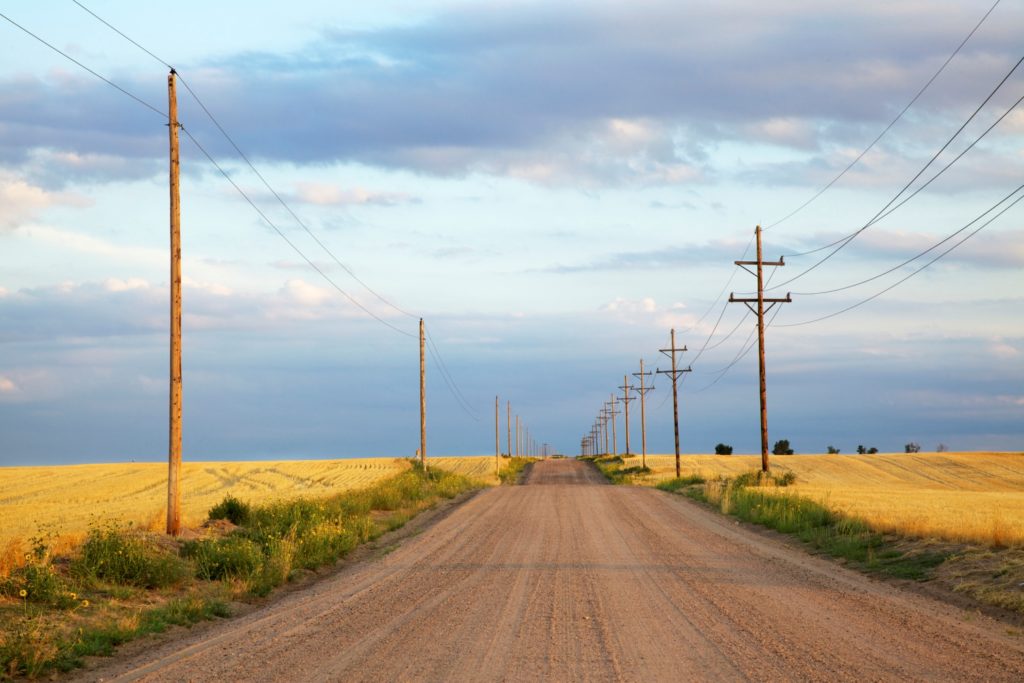
The Environmental Protection Agency should act quickly to develop a “common-sense, flexible replacement rule for the Clean Power Plan,” an NRECA official told EPA officials at a public hearing.
“We appreciate and support EPA’s proposal to rescind the Clean Power Plan,” Daniel Chartier, NRECA regulatory director, environmental policy, said at a Nov. 28 hearing in Charleston, West Virginia. He said the association “strongly encourages EPA to propose and finalize a 111(d) rule, consistent with the history of the regulation.”
“Both actions are needed to provide America’s electric cooperatives and their members with a rule that is clear and durable,” Chartier told the hearing, which followed EPA Administrator Scott Pruitt’s Oct. 10 notice of proposed rulemaking proposing to repeal the Clean Power Plan.
A replacement rule should ensure “the flexibility, affordability and reliability of electricity production for the Americans who depend on electric cooperatives” and be legally defensible, Chartier said.
Laying out the case for repeal, Chartier said the Clean Power Plan “was issued based on a novel and expansive view of EPA’s authority under Section 111 of the Clean Air Act that required regulated entities to take actions ‘outside the fence line’ of a power plant. Before this profound departure by the Obama administration, Section 111 rules were based on measures that could be applied ‘inside the fence line.’”
Chartier also called the Clean Power Plan’s economic analysis “highly uncertain and controversial.” He said EPA erred in comparing the estimate of domestic costs of the plan against the estimated global climate benefits.
“In addition, billions of dollars of claimed benefits from the CPP came from ‘co-benefits’ from the reductions other substances, such as particulate matter, that is not the actual target of the CPP,” Chartier added.
Chartier also told officials that the Clean Power Plan “violated the concept of cooperative federalism” which gives states—not EPA—the authority to establish performance standards for each electric generating unit.
He called that a “bedrock principle of the Clean Air Act and section 111(d) specifically,” which the plan overturned “by instead mandating top down emission caps for each state.”
“Subsequently, many states would have been unable to effectively set achievable unit performance standards that, by law, must consider individual unit characteristics such as remaining useful life and other relevant unit specific factors,” said Chartier.